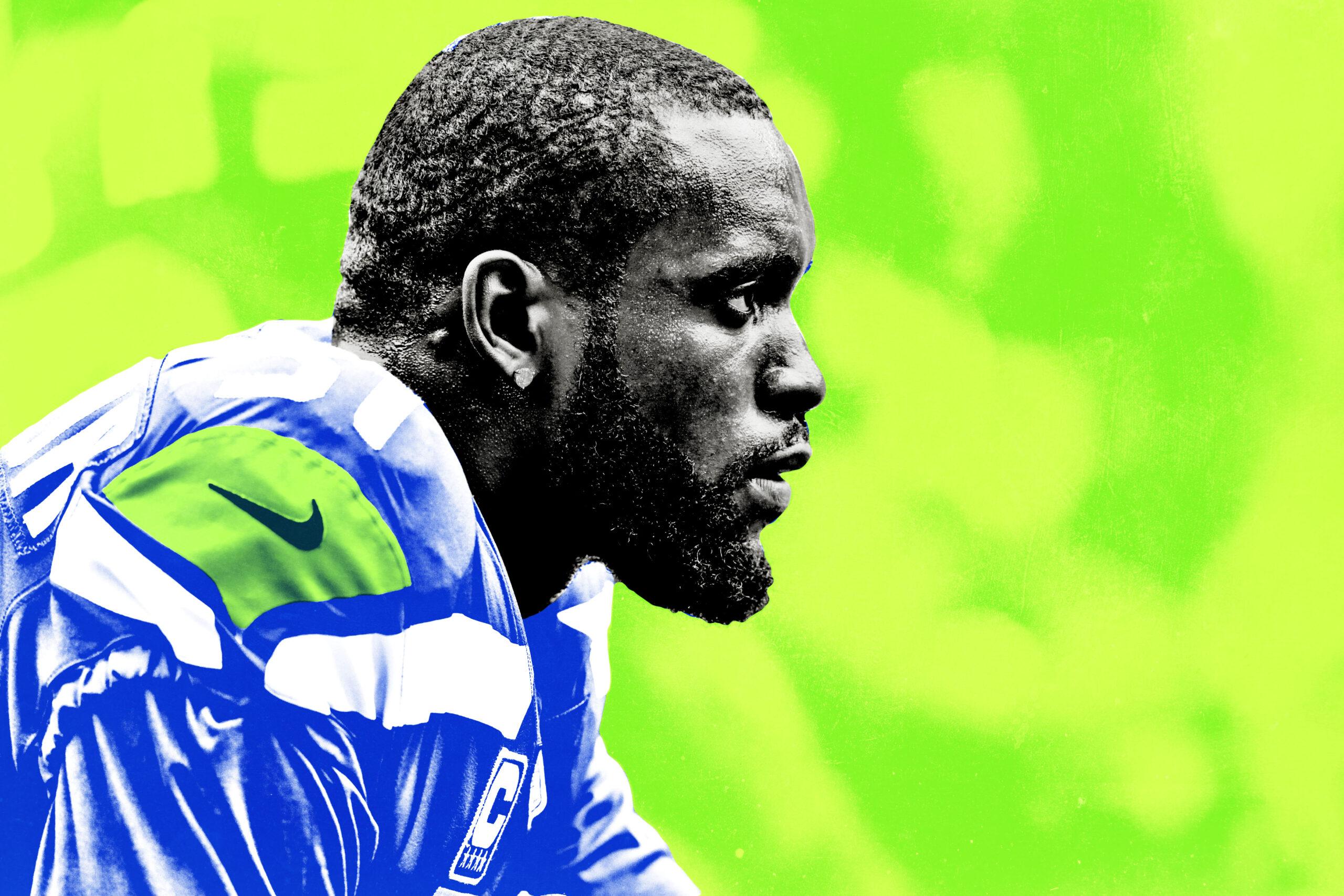
On Sunday, Seattle Seahawks safety Kam Chancellor announced via Twitter that he was stepping away from football, citing his unhealed neck injury from the 2017 season, which would cause him to risk paralysis if he returned to the field.
Chancellor closed his note with a reference to head trauma and its effects on life after football.
“P.S. Pray for your boy. I have no clue how these head injuries will go after the game. What I do know is that my God is stronger. Peace and Love ❤️”
Retirements in sports—and other industries—are usually cause for celebration. But in football they have become a darker ritual. Now, many players leave the game grappling with the long-term issues that may come from years of playing a sport designed to destroy bodies.
It’s easy to see why Chancellor, 30, is concerned about “these head injuries.” We know that football destroys the human brain. Repeated hits to the head cause a buildup of plaque in the brain that severely impairs cognitive ability. When former Eagles safety Andre Waters died by suicide at 44, researchers said his brain tissue looked like that of an 85-year-old. At 50, former Bears safety Dave Duerson fatally shot himself in the chest to preserve his brain for study. Former Falcon Ray Easterling, another safety who retired at 30, died by suicide at 62 after years of irrational behavior.
But to discuss only suicides ignores the pain in the lives players lead. Mike Webster, who played center for 16 seasons in the NFL, super-glued his teeth into his gums and Tasered himself to fall asleep before dying from a heart attack at age 50. Dave Kocourek, a former Pro Bowl tight end for the Chargers who died of dementia in 2013, once tried to brush his teeth with a razor.
Toward the end of Easterling’s life, he was unable to button his shirt without his wife’s help, and he became so paranoid that he thought he was being followed on his regular jogs. Players’ spouses, often overwhelmed by caretaking responsibilities, have a Facebook group with thousands of members to help each other with everything from handling power of attorney to discussing domestic violence.
None of these issues are limited to professional football. Football-related suicides have seeped into college and high school football. The 1 million young adults who play high school football every year are at risk for long-term brain injury. Kids who play tackle football before 12 years old face a serious risk of stunted brain development. At every level, football exacerbates and accelerates the risk of brain damage.
Every new bit of information makes merely enjoying football feel like complicity in a collective moral failure. The 2017 NFL season was a record-setting year for diagnosed concussions. The signs were everywhere: Tom Savage writhing on the ground and then somehow returning to the field; Danny Trevathan’s forehead-to-forehead collision with Davante Adams; the Steelers-Bengals Monday Night Football game when Ryan Shazier went limp, Vontaze Burfict collapsed after a helmet-to-helmet hit, and Joe Mixon lay motionless after a helmet-to-helmet collision; Joe Flacco lying helmetless, bleeding, and still; the Colts’ Brandon Anderson, who had a preexisting spinal issue, being carted off the field after a collision. These are the plays that stand out to viewers, but researchers believe the long-term brain damage stems from the sheer volume of the regular, unremarkable hits happening on every play all season.
We know about the hazards of football, but they’re crystallized when the man who put “strong” in strong safety for the better part of this decade announces that he is thankful that he can (literally) walk away from the sport, but is concerned he has no way to navigate the unknown mental tolls that may be on the horizon for him and his family. His reluctance to even use the word “retire” in his note mirrors our own inability to call football what it is.
“Pray for your boy. I have no clue how these head injuries will go after the game.”
Chancellor isn’t the first to ask us to pray for him, and he won’t be the last.

